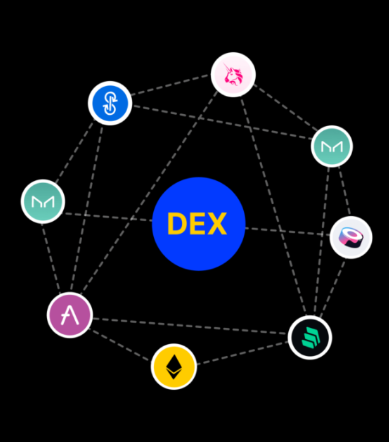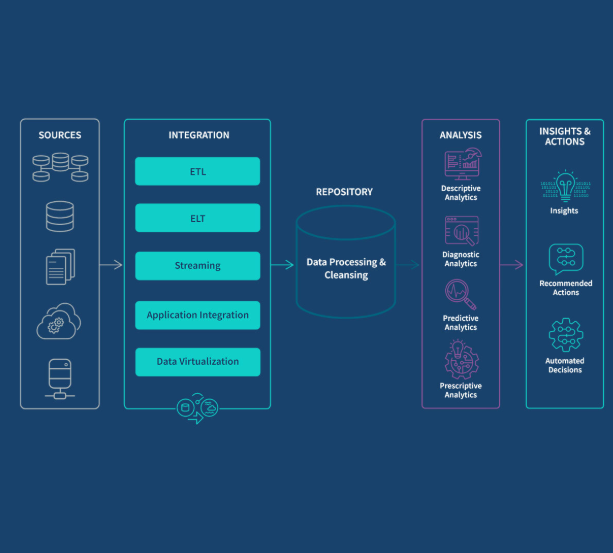
In today’s fast-paced business landscape, data-driven decisions are no longer optional—they’re essential. But what happens when the data you rely on is flawed? Poor-quality data leads to misguided strategies, operational inefficiencies, and even regulatory risks. Enter generative AI, a groundbreaking technology reshaping how organizations manage, refine, and leverage their data.
The Business Imperative of High-Quality Data
High-quality data is defined by its accuracy, consistency, and relevance. Before generative AI entered the scene, businesses relied on manual processes to maintain data integrity. Yet, as data volumes explode, traditional methods struggle to keep up. Here’s why data quality remains a cornerstone of business success:
- Informed Decision-Making – Reliable data enables leaders to make strategic choices with confidence. A single error in financial records or customer analytics can derail growth. Studies reveal that poor data quality costs businesses millions annually in lost opportunities and inefficiencies.
- Operational Efficiency – From supply chain logistics to customer service, accurate data streamlines workflows. Errors in inventory tracking or order fulfillment, for instance, can lead to costly disruptions.
- Regulatory Compliance – Laws like GDPR mandate strict data accuracy and privacy standards. Non-compliance risks hefty fines and reputational damage.
- Customer Trust – Personalized marketing thrives on precise customer data. Inaccurate profiles result in irrelevant messaging, eroding trust and engagement.
- AI Dependence – Generative AI models are only as good as the data they’re trained on. Flawed inputs lead to unreliable outputs, making data quality a prerequisite for AI success.
How Generative AI Enhances Data Quality
Generative AI isn’t just a tool for creating content—it’s a powerful ally in data refinement. Key applications include:
- Data Augmentation – AI generates synthetic data to supplement sparse datasets, improving model training without compromising real-world accuracy.
- Automated Cleaning – By detecting anomalies and inconsistencies, AI reduces the tedious manual work of data scrubbing, freeing analysts to focus on insights.
- Smart Imputation – Missing values are intelligently filled based on patterns, preserving dataset integrity without guesswork.
- Feature Engineering – AI transforms raw data into meaningful features, unlocking hidden trends and improving predictive accuracy.
Best Practices for Maintaining Data Quality with AI
While generative AI offers immense potential, its effectiveness hinges on proper implementation:
- Rigorous Validation – Cross-check AI-generated outputs against trusted sources to ensure reliability.
- Continuous Model Updates – Retrain AI systems regularly to adapt to evolving data patterns.
- Human Oversight – Combine AI with expert review to catch biases or errors automation might miss.
- Transparency – Document AI processes to ensure compliance and facilitate troubleshooting.
- Hybrid Approaches – Blend AI with traditional analytics for a balanced data strategy.
Real-World Success Stories
Companies worldwide are already harnessing generative AI for data quality:
- ROSHN Group – A property developer using AI to extract insights from vast internal datasets, speeding up decision-making.
- Copel – A utility firm employing AI-powered queries to reduce data extraction errors and enhance real-time analytics.
- Suzano – A global pulp producer cutting query times by 95% with AI-driven data interactions.
Final Thoughts
Generative AI isn’t a magic fix—it’s a catalyst. When paired with disciplined validation and human expertise, it elevates data quality to unprecedented levels. The question isn’t whether to adopt AI, but how to integrate it strategically. For businesses ready to turn data into a competitive edge, the time to act is now.
Looking to optimize your data strategy with AI? Explore tailored solutions designed to fit your organization’s unique needs.















































